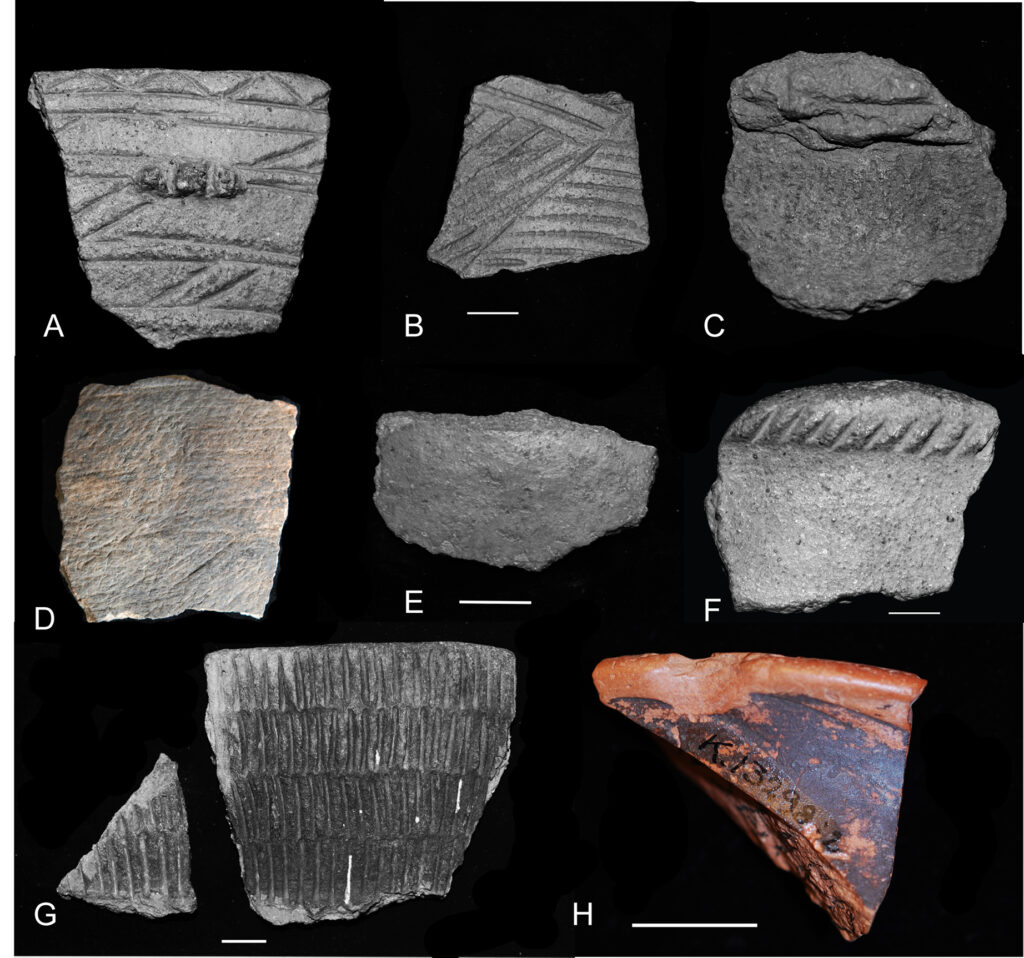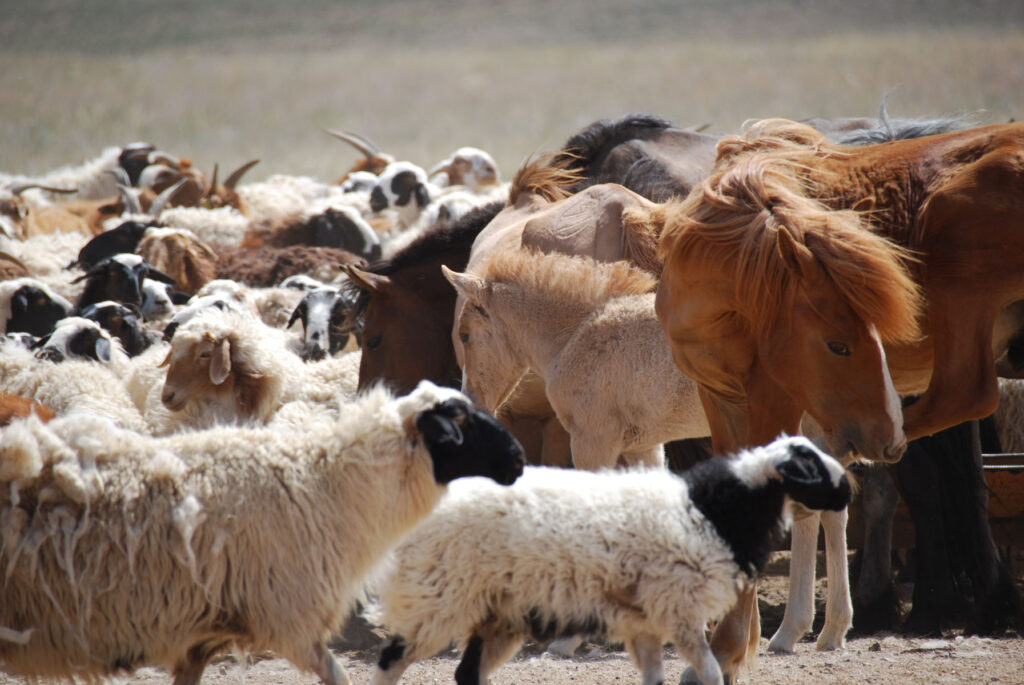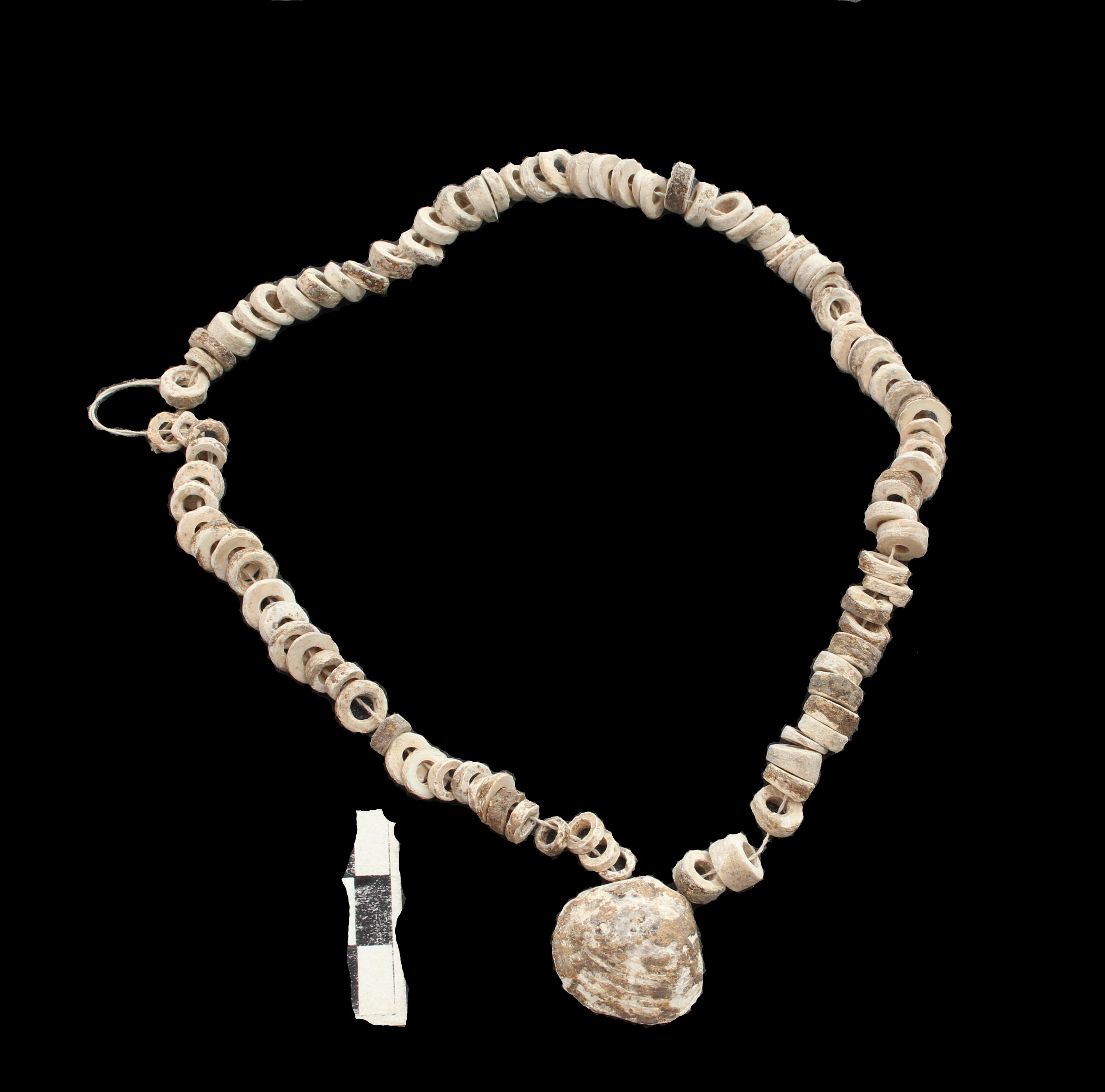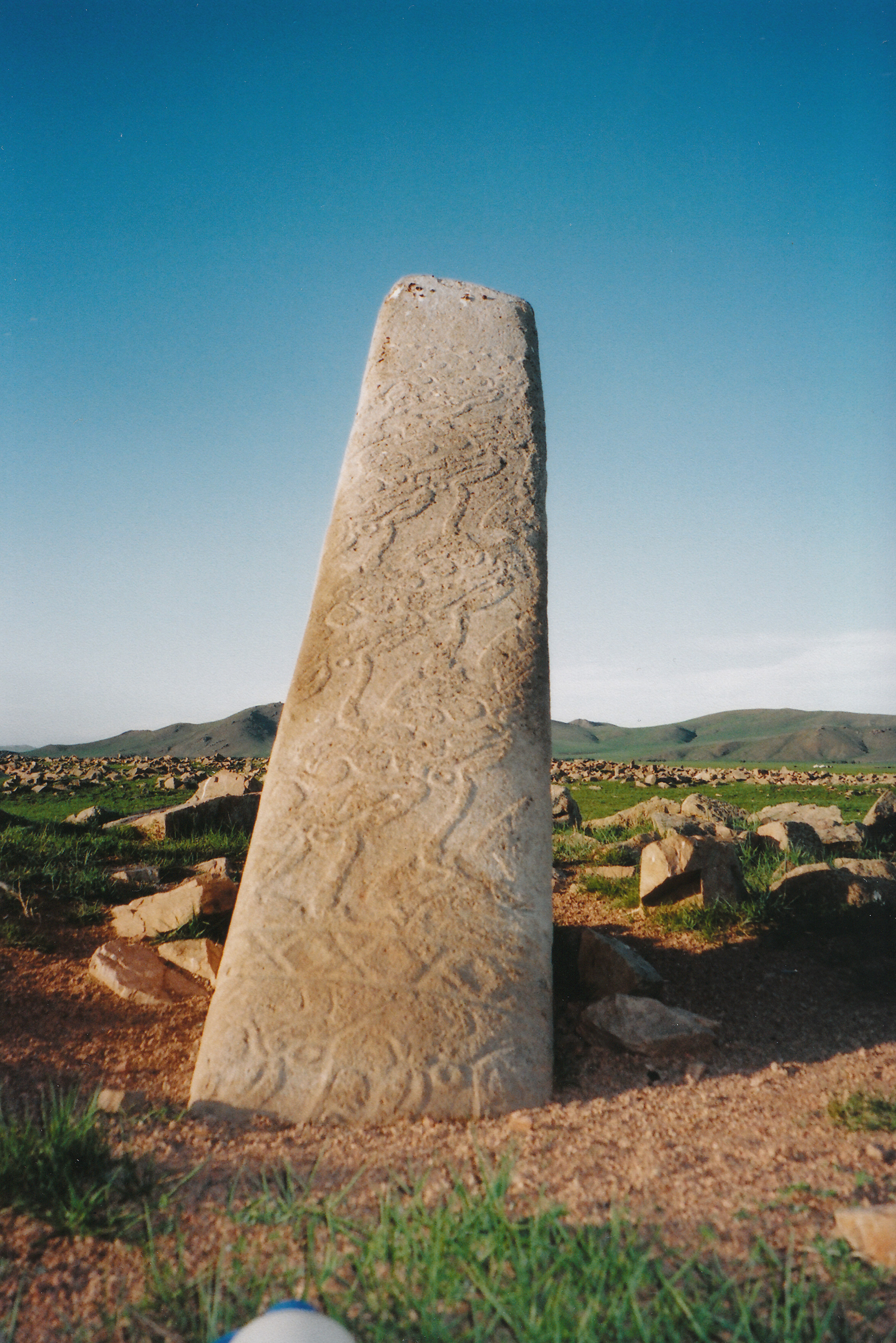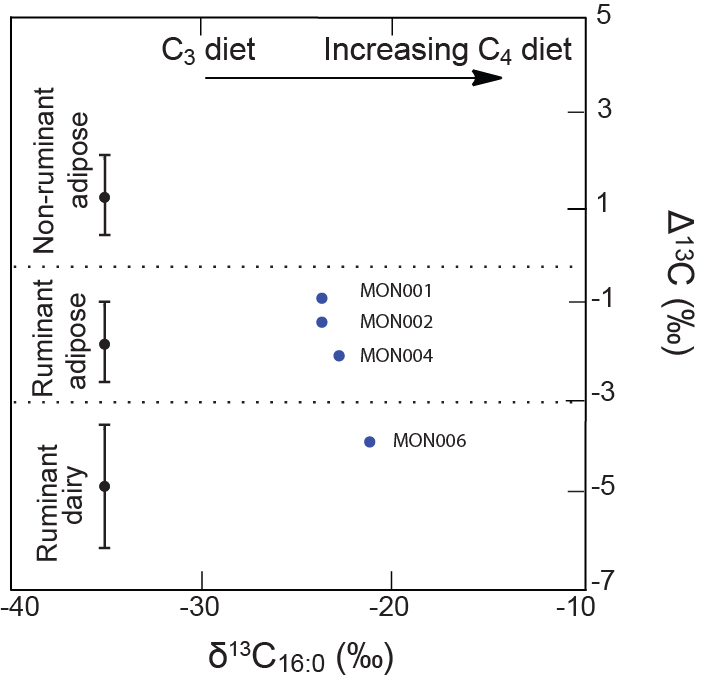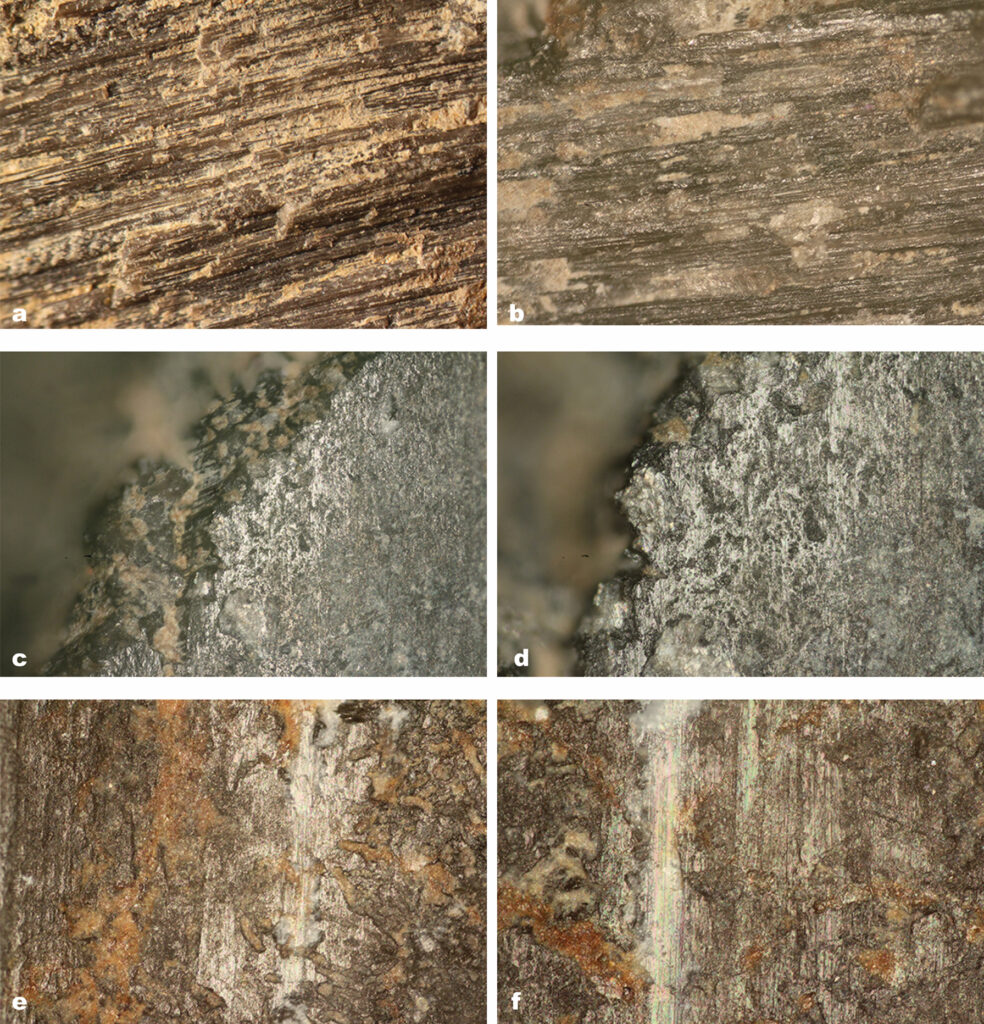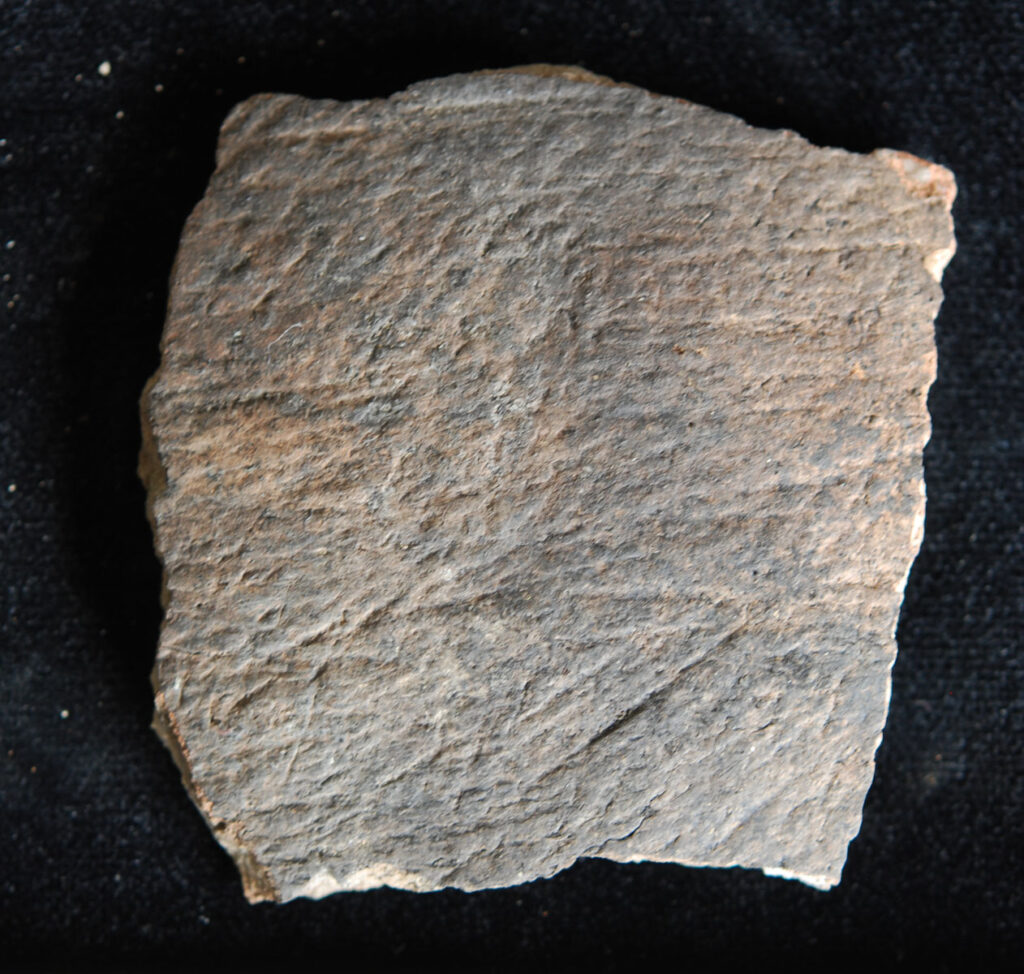Theme 2/
Bronze Age Gobi Desert
Summary/Findings
The Bronze Age officially marks the time in Eurasia when people started regularly using tools and weapons made from bronze. The adoption of bronze tool-making technology happened in different places at different times, but regardless of the time or place it marked a period of major social and economic change with the intensification of commodification and intensified trade in luxury goods. We can see archaeological evidence of that change whether we are looking at hunter-gatherer living sites, small-scale herder camps, farming villages, or urban centres.
In East Asia, the Bronze Age begins later than in the West and is associated with the spread of domesticated herd animals – cattle, horses, sheep, and goats – from Central Asia (where they had spread from Europe and Southwest Asia) into East Asia. There were multiple migrations of people bringing herd animals and bronze technology from the West; however, local people played the biggest role in the eastward spread of both bronze technology and herding. Settlers from Central Asia appear to have arrived in the Altai mountains on the western fringe of Mongolia by about 5500-5300 years ago, but it is not until nearly two thousand years later that the material remains associated with Bronze Age herding lifestyle explode across the eastern steppes: stone monuments (BA, Fig. 1 – Monument) and burials (BA, Fig. 2 – Burial), horse drawn chariots, ritual burials of domesticated herd animals, and the production and sale of luxury goods like beads (BA, Fig. 3 – Beads), and bronze knives.
We are also studying several lines of evidence to understand the adoption of herd animals as it relates to dietary and economic changes: chemical analysis of pottery to determine what kinds of foods, including milk products, it was used to process (BA, Fig. 8 – Residues); tools like grooved slabs (BA, Fig. 9 – Grooved Slab) and drills (BA, Fig. 10 – Drill) used in the production of beads for trade, including usewear from manufacturing (BA, Fig. 11 – Usewear); and the importation of pottery (Janz, Bukhchuluun 2018); cattle and horse genetics to show us when and from where those animals were introduced, and whether they mixed with local species; and stable isotope analysis of human and animal bones and teeth to find chemical signatures associated with diet change. Changes in soil and vegetation can also give indications of the spread of domesticated herd animals (BA, Fig. 12 – Herds) into East Asia; domesticated herd animals did not evolve with the local landscapes and they have different feeding patterns. As such, they can change the landscape in recognizable ways – for example they can cause deforestation, carry new types of weeds in their fur, or trample soils on hillslopes to cause minor landslides. All these lines of evidence are helping us understand the nature of humans on Bronze Age landscapes.
Publications:
- 2024 Janz, L. Hunting, Herding, and Diet Breadth. A Landscape Based Approach to Niche Shifting in Subsistence Economies (Gobi Desert). Journal of Anthropological Archaeology 76: 101624.
- 2020 Janz, L., A. Cameron, D. Bukhchuluun, D. Odsuren, L. Dubreuil. Expanding frontier and building the sphere in arid East Asia. Quaternary International 559: 150-164. DOI 10.1016/j.quaint.2020.04.041






